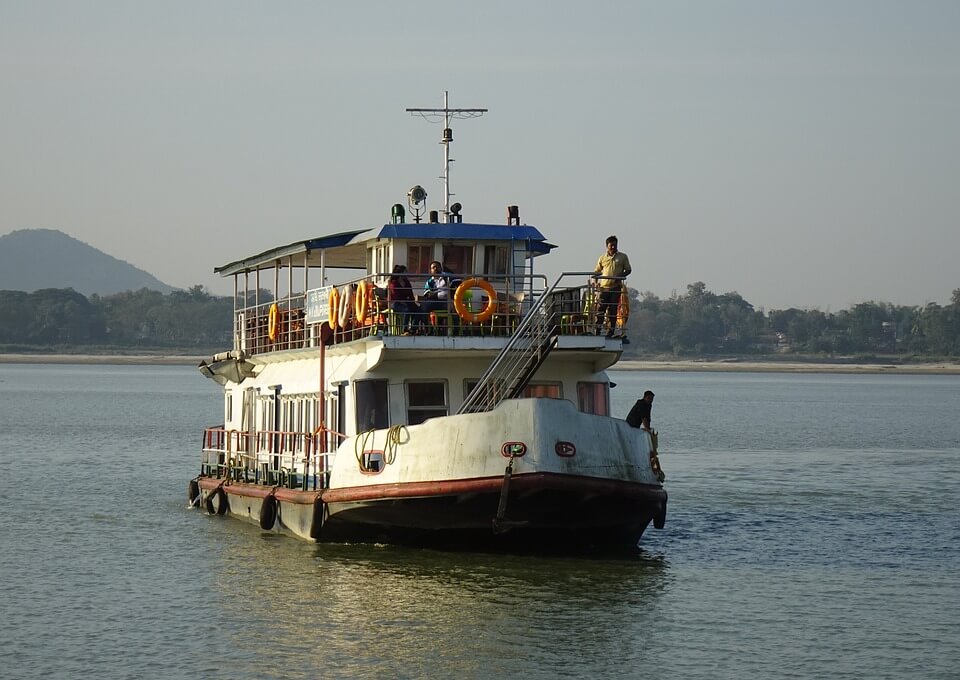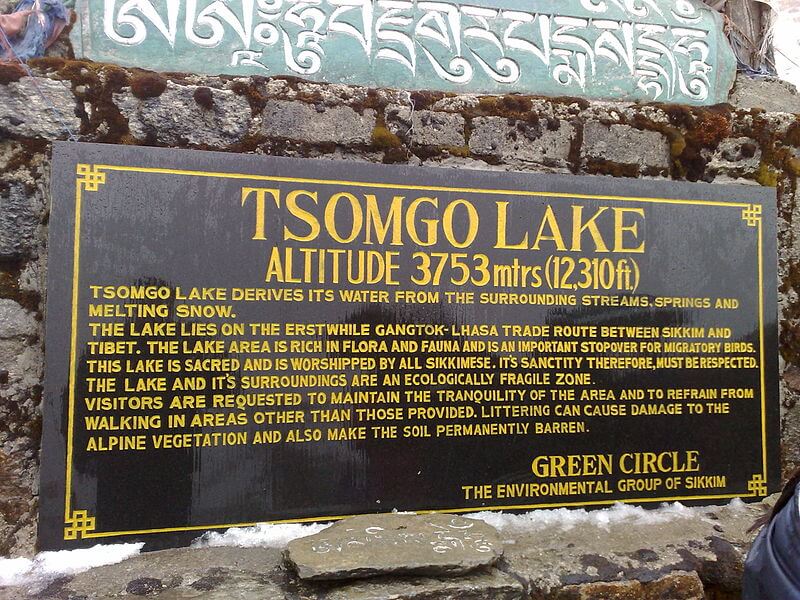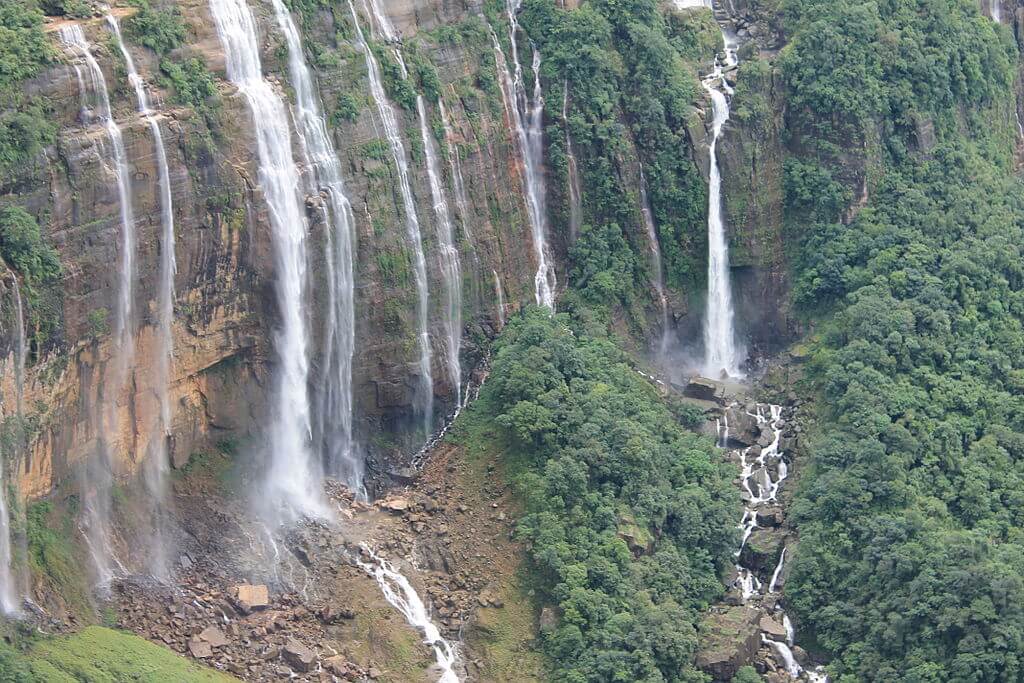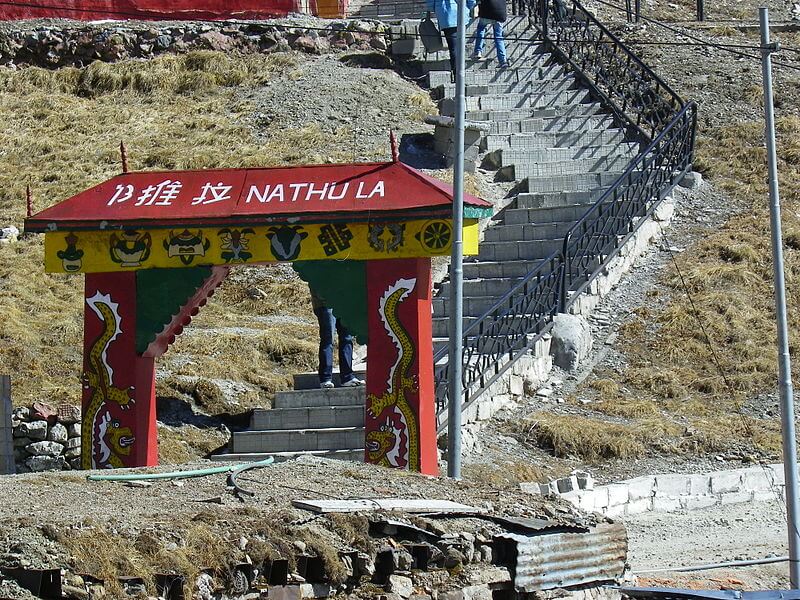
North East India is often referred to as the “Seven Sisters,” comprising seven states that are home to a rich and diverse culture, stunning natural beauty, and a wealth of hidden treasures waiting to be discovered. With your Gangtok tour package visit the majestic Kaziranga National Park in Assam to the serene Tsomgo Lake in Sikkim. Admire the world-renowned Tawang Monastery in Arunachal Pradesh to the picturesque Cherrapunji in Meghalaya. Don’t forget to see the vital Teesta River that flows through the region to the many other hidden gems that dot the landscape, the Northeast offers a unique and unforgettable travel experience. Join us on a journey of discovery as we unveil the Northeast’s hidden treasures and explore the beauty and diversity of this fascinating region.
Kaziranga National Park

Kaziranga National Park is a world-renowned wildlife sanctuary located in the state of Assam in Northeast India. It covers an area of 430 square kilometres and is home to the world’s largest population of Indian one-horned rhinoceroses, as well as other iconic species such as Asian elephants, tigers, wild water buffaloes, and swamp deer. The park is also a birdwatcher’s paradise, with over 480 species of birds, including hornbills, eagles, and pelicans. With your Gangtok tour package, you can take a guided jeep or elephant safaris to explore the park and witness its incredible wildlife. In addition to wildlife viewing, you can also experience Assamese culture by visiting nearby villages, trying local cuisine, and shopping for traditional handicrafts.
Tsomgo Lake

Tsomgo Lake, also known as Changu Lake, is a breathtaking glacial lake located in the Indian state of Sikkim, at an altitude of 12,400 feet. The name Tsomgo literally means “source of water” in the Bhutia language. With your North east tour packages, you can enjoy the scenic beauty of the area by taking a yak ride or by trekking along the picturesque trails. During the winter months, the lake freezes over, and you can witness the stunning sight of the frozen lake surrounded by snow-capped mountains.

The area around Tsomgo Lake is also popular for its beautiful rhododendron flowers, which bloom in the spring season. Tsomgo Lake is considered sacred by the local Sikkimese people, and it holds a special place in their culture and traditions. A visit to Tsomgo Lake offers a serene and unforgettable experience amidst the natural beauty of the region.
Cherrapunji

Cherrapunji, also known as Sohra, is a small town located in the East Khasi Hills district of Meghalaya, India. The living root bridges are a unique attraction in Cherrapunji, where bridges are made by interweaving the roots of trees to form a sturdy bridge. Nature enthusiasts can also enjoy trekking in the surrounding hills and valleys, which offer stunning views of the landscape.

Cherrapunji is also home to many waterfalls, including The Dain-Thlen Falls, Seven Sisters Falls, and Kynrem Falls. You can hike to some of the famous waterfalls such as The Dain-Thlen Falls, Seven Sisters Falls, and Kynrem Falls and enjoy their stunning beauty and peaceful surroundings. Overall, Cherrapunji is a nature lover’s paradise, offering a range of natural wonders to explore and experience.
Tawang Monastery

Tawang Monastery is a significant Buddhist monastery located in the town of Tawang in the Indian state of Arunachal Pradesh. It is one of the largest monasteries in India and is a popular tourist attraction, drawing visitors from all over the world. The monastery complex is spread over an area of around 140 acres and includes several buildings, including the main prayer hall, the assembly hall, and the library. The main prayer hall is the largest building in the monastery and houses a 26-foot-tall statue of Lord Buddha.

The walls of the prayer hall are adorned with beautiful murals depicting the life of Lord Buddha and other Buddhist deities. The assembly hall is used for ceremonies and rituals, while the library contains a large collection of ancient Buddhist scriptures and other important texts. With your northeast tour packages visit several smaller shrines and temples, including the temple of the goddess Tara, the protector of the monastery. Overall, Its stunning architecture, scenic location, and rich cultural traditions make it a must-visit destination for anyone interested in Buddhism or Indian culture.
Also Read: Meghalaya – unfolding the roadmap for infrastructure development
Nathula Pass

Nathula Pass is a high-altitude mountain pass located in the eastern Himalayas, on the border between India and China. The journey to Nathula Pass is an adventure in itself, as you must navigate winding mountain roads and breathtaking scenery. On the Indian side, the road to Nathula Pass passes through the small town of Gangtok, the capital of Sikkim, and through the picturesque Tsomgo Lake. You can stop at Tsomgo Lake to take in the stunning views of the snow-capped mountains and the crystal-clear waters of the lake.

Upon reaching Nathula Pass, you can explore the border area and observe the Indian and Chinese military personnel stationed there. You can also take a short walk up to Nathula Peak, which offers breathtaking views of the surrounding mountains and valleys. Overall, Nathula Pass is a must-visit destination for anyone interested in the natural beauty, history, and culture of the eastern Himalayas
Teesta River

Teesta River is one of the major rivers of the Indian subcontinent, flowing through the Indian states of Sikkim and West Bengal before joining the Brahmaputra River in Bangladesh. The Teesta River is known for its scenic beauty, with its crystal-clear waters and breathtaking surroundings. It is a popular destination for tourists and adventure seekers, offering opportunities for white-water rafting, kayaking, and other water-based activities. The Teesta River is also a vital source of water for agriculture, with the fertile plains along its banks producing a variety of crops, including rice, wheat, and tea. The river is also home to a variety of aquatic species, including several species of fish and birds. Overall, the Teesta River is a vital and beautiful part of the landscape of the Indian subcontinent.

